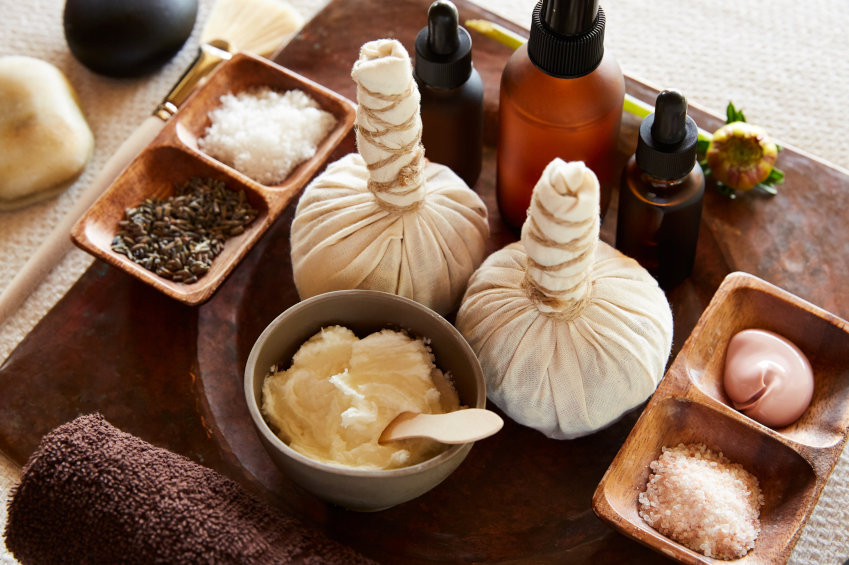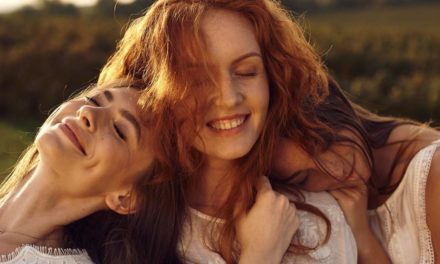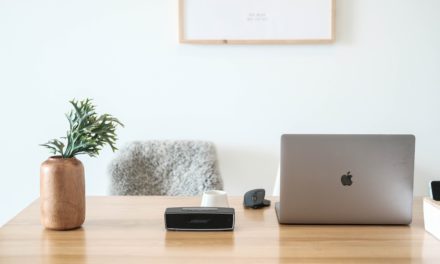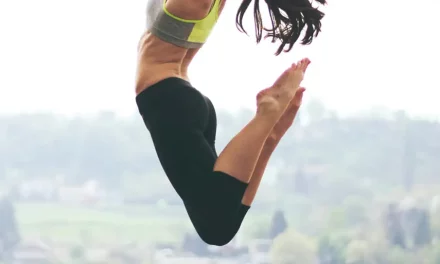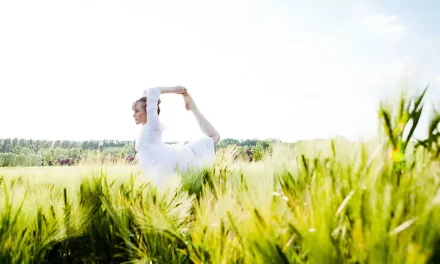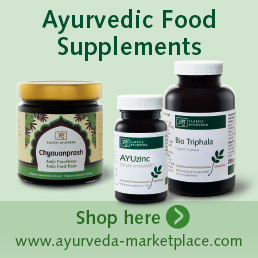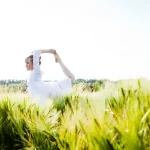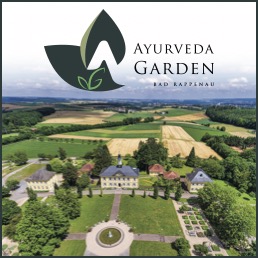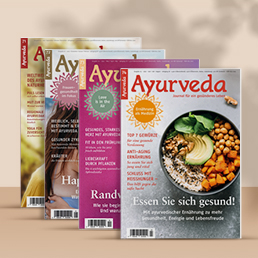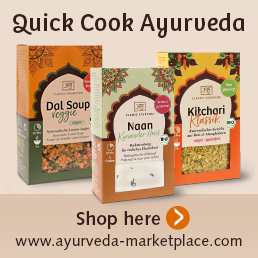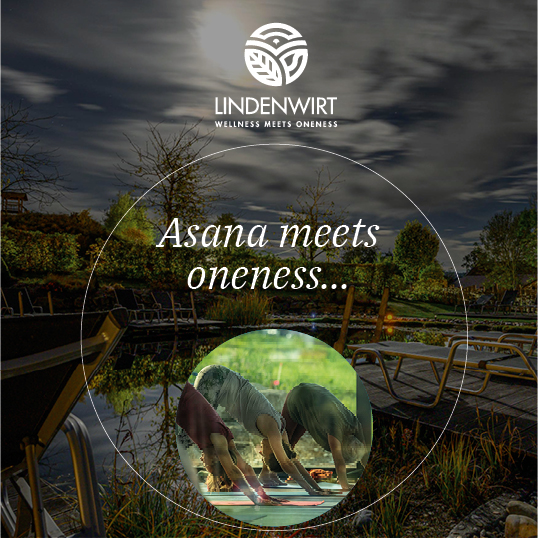Dr. Hans Schäffler founded the first Ayurveda health centre in the German-speaking world in 1985 and has been working with the Ayurvedic cleansing cure Panchakarma ever since. He emphasises that this cure, carried out regularly, leads to a significant improvement in the quality of life and that many of his guests can no longer imagine a life without Ayurveda. However, he sees the danger that Ayurveda could become a quickly exploitable commodity in a society that is constantly looking for new, marketable content. The popularity of Ayurveda in the West can be attributed primarily to the full-body oil massages. In this article you will learn that these are only one element within the cleansing treatments of Panchakarma.
In classical times, Ayurveda’s therapeutic offerings ranged from surgery for physical emergencies to the consciousness technologies of yoga. Between these two cornerstones, there are a variety of therapeutic approaches that cover all the needs of comprehensive medical care. Among all the therapies, Panchakarma has a special position.
Panchakarma is the classical Shodhana therapy. It is performed as a course of treatment. Shodhana refers to the process of elimination. Here, disease substances are first mobilised and then eliminated. Panchakarma means five actions. It includes five purifying cycles that eliminate different groups of disease substances and rebalance the doshas, the basic bioregulators. The classical texts state:
Stimulated doshas are eliminated from the body through the digestive tract, digestive power and metabolism improve, diseases are cured and normal health is restored. Senses, mind, intelligence and radiance gain clarity. Strength increases, tissues are built up, procreative power and potency are strengthened. Ageing loses its influence and one leads a long, disease-free life. To achieve these effects, one should perform purification treatments at the right time.
A) Preparation for the cure: Ama-Pachana
Most patients suffer from disorders of the digestive system. Therefore, before a Panchakarm, it is advisable to take care of and purify the intestines for 3-7 days through a light diet and digestive stimulating preparations. “Ama” is a collective term for waste products, “Pachana” stands for the administration of digestive stimulants.
A) Preparation for the cure: Ama-Pachana
Most patients suffer from disorders of the digestive system. Before a Panchakarma, it is therefore advisable to take care of and purify the intestines for 3-7 days through a light diet and digestive stimulating preparations. “Ama” is a collective term for waste products, “Pachana” stands for the administration of digestive stimulants.
B) Panchakarma
The aim of Panchakarma is to dissolve, mobilise and eliminate disease substances. Accordingly, each purifying cycle is divided into these three steps. Purva Karma is literally the preparatory therapy: here, the disease substances and waste products in the tissues are to be dissolved and then mobilised so that they enter the circulation. As these are mostly fat-soluble substances, no watery preparations are used as cures, but various forms of fats and oils. Subsequently, the capillaries are dilated by means of heat treatment, thus facilitating the removal of the toxins.
Snehana
Sneha means oily. The administration of oily substances is at the beginning of the pre-treatments. The oils and fats can be administered internally or externally in the form of massages. The type of application depends on which excretory therapy is used afterwards. Svedana stands for the various heat therapies. There are 13 types of svedana described in the texts. The most common type is a herbal steam bath, similar to a home sauna. Here the whole body is heated, leaving the head free. The heat treatments make it easier to remove the dissolved waste products from the tissues. The vessels dilate. The secretion from the skin and mucous membranes increases. Local heat treatments are mainly used for complaints of the musculoskeletal system.
In Pinda-Sveda, linen bags about the size of a fist are filled with herbs and other substances and heated. The massage with these bags combines the effect of massage, heat and the effect of the herbs.
Elimination of the toxins – Pradhana Karma
After the preparatory therapies, the waste products are released from the tissues and are in the process of being excreted, mainly through the mucous membranes and the digestive glands. This is where the Pradhana Karma, the actual purifying procedures, come in. Depending on the type of waste products that have been mobilised, five procedures come into question:
- Vamana – emetic therapy
- Virechana – laxative measures
- Matra Basti – oily invigorating enema
- Anuvasana Basti – purifying, predominantly watery enema
- Nasya – elimination through the mucous membranes of the respiratory tract.
Each procedure targets a different form of waste. Accordingly, the pre-treatment is carried out in different variations. Important in each form of elimination is the preparation with Snehana and Svedana. Here it is done with ghee (clarified butter). A classical ghee cure lasts up to seven days.
Preparation with Ghee
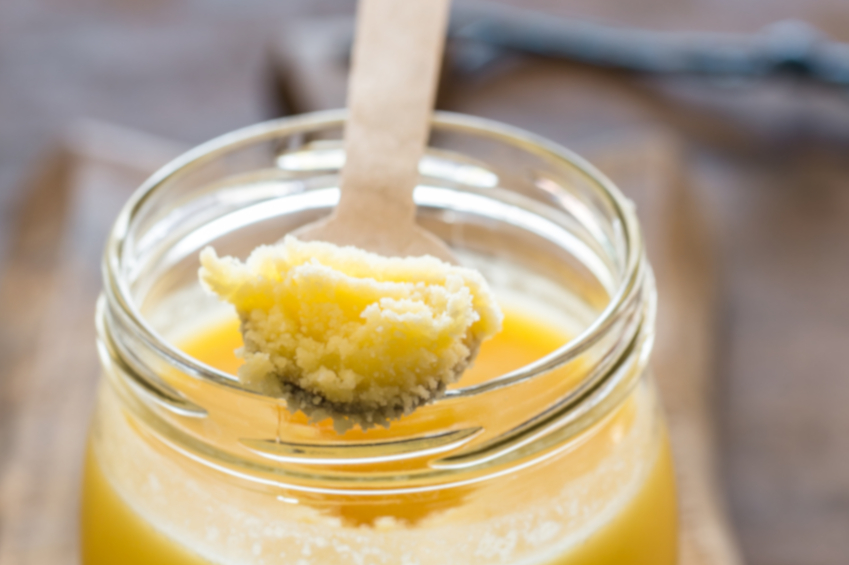
Ghee is rendered butter. It is given in increasing doses in the morning without any other ingredients. The fatty acids of ghee are medium-chain and are easily absorbed by the intestine. In the absence of carbohydrates, however, the fatty acids cannot be further broken down in the blood or introduced into fat cells. According to the classical conception of Ayurveda, the fatty acids now serve as solvents for fat-soluble toxins. The dissolved toxins are then eliminated with the ghee via the mucous membranes. The heat therapy supports the process. It helps to dissolve the waste products in the tissues, to transport them away and to eliminate them.
Vomiting therapy – Vamana:
The vomiting therapy mainly discharges waste products that are derived from a disturbed Kapha. These are mainly mucous diseases such as bronchitis and sinusitis. Vomiting mobilises the mucous cells so that the secretion of these wastes is facilitated.
Laxative measures-Virechana:
Therefore, the purifying measure here is a vigorous purging. Castor oil is very often used. It irritates the mucous membrane of the small intestine and thus facilitates the secretion of the pitta-associated waste products.
Preparation is also done with ghee and heat. The virechana mainly targets wastes associated with pitta. These include acids and irritants and inflammatory substances. The glands and mucous membranes of the mid-abdomen, from the lower part of the stomach to the small intestine are the appropriate place to eliminate these wastes.
Restorative and cleansing enemas:
Matra and Anuvasana Basti Bastis are the enemas. They are used to calm Vata. The preparation with oil is done externally here, mostly through full-body oil massages.
A typical oil massage is the Abhyanga. Here, the entire body is massaged with sesame oil from the head to the toes. Among all oils, sesame oil calms the Vata best. This effect can be modified by adding herbs. Preferably, the abhyanga is performed by two therapists who treat the patient in different positions. The massage is done in silence.
The special form in which the Abhyanga and similar massages are performed already balances a disturbed Vata by itself. Therefore, the whole-body oil massages can also be used on their own. During Panchakarma, however, the oil massages are only one element within the purification. They are complemented by other oil treatments such as the Shirodhara.
Here, a continuous stream of oil flows over the forehead. The Shirodhara calms the Vata and thereby balances an excessive tone of the vegetative nervous system. This is why it is indicated in cases of hypertension or sleep disorders, for example. In this phase of the cure, the oil is also followed by the heat therapies. Purification then takes place through various enemas.
Ayurveda sees the large intestine as the headquarters of Vata. Waste products associated with Vata are therefore eliminated through the colon. The treatment of the large intestine is done through different bastis. The matra basti is purely oily in nature. It is given in small quantities. Its function is to calm the Vata and thereby balance the autonomic nervous system of the colon. The anuvasana basti is a sophisticated blend of decoctions, oils and other ingredients. It has a cleansing and vata-soothing effect. The enemas are given over several days, preferably beginning and ending a series with a matra-basti.
Excretion via the mucous membranes of the respiratory tract – Nasya
A special form of cleansing is the nasya. It targets congestion located in the head, neck and upper shoulder girdle. These include disorders in the sinuses, eyes, ears, central nervous system and neck muscles. The preparation is done through oil massages in the mentioned area, heat packs and inhalation. The waste products are now mainly eliminated through the mucous membrane of the nose. This is supported with various oils, decoctions or powdery mixtures that are instilled into the nose.
C) Aftercare after Panchakarma therapy: Paschat karma
After a Panchakarma therapy, the aftercare consists of three steps. First, the digestive fire is rebuilt with light nutrition.
To stabilise the new balance, a plan for suitable nutrition and lifestyle is discussed with the patient. If there are still health problems, Ayurvedic preparations are used. The last step is the intake of Rasayanas. These are Ayurvedic preparations that are not directed against diseases but strengthen health. After cleansing the tissues through Panchakarma, it is the right time to use Rasayanas to strengthen the tissues so that they are more resistant to diseases and the ageing process. An Ayurvedic cure that really deserves this name is a holistic and profound therapy and must therefore be under the supervision of an Ayurvedically trained, experienced doctor.
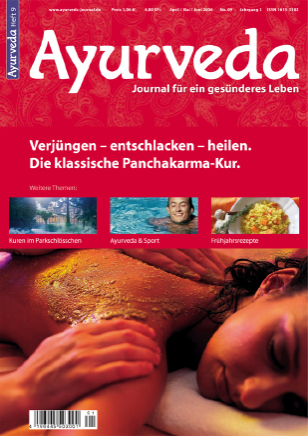
Issue 09 – Panchakarma
This issue is not available anymore.

 © Victor Torres / Stocksy United
© Victor Torres / Stocksy United 